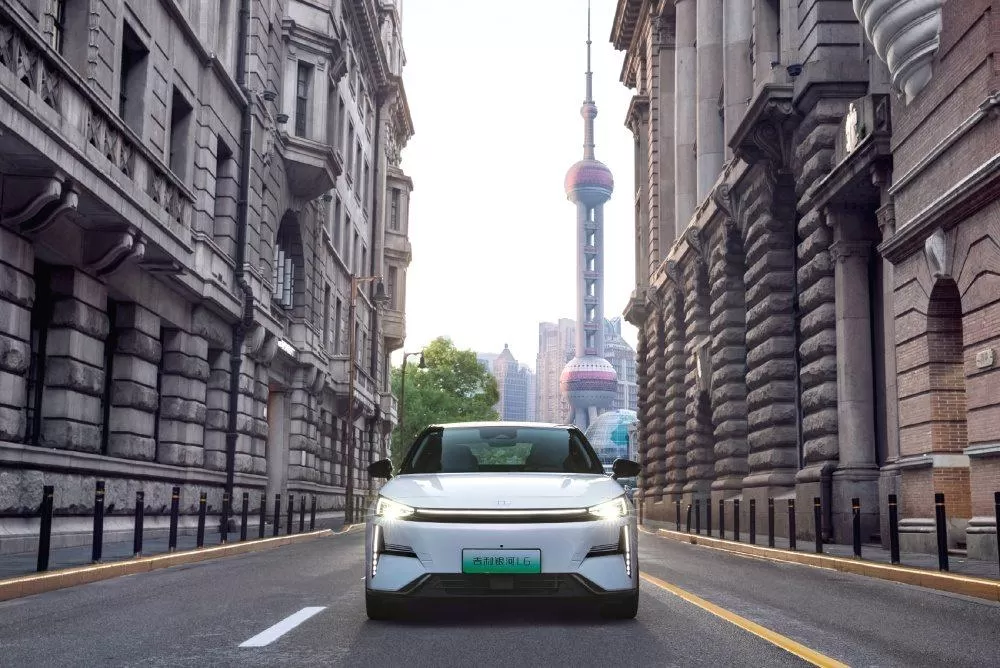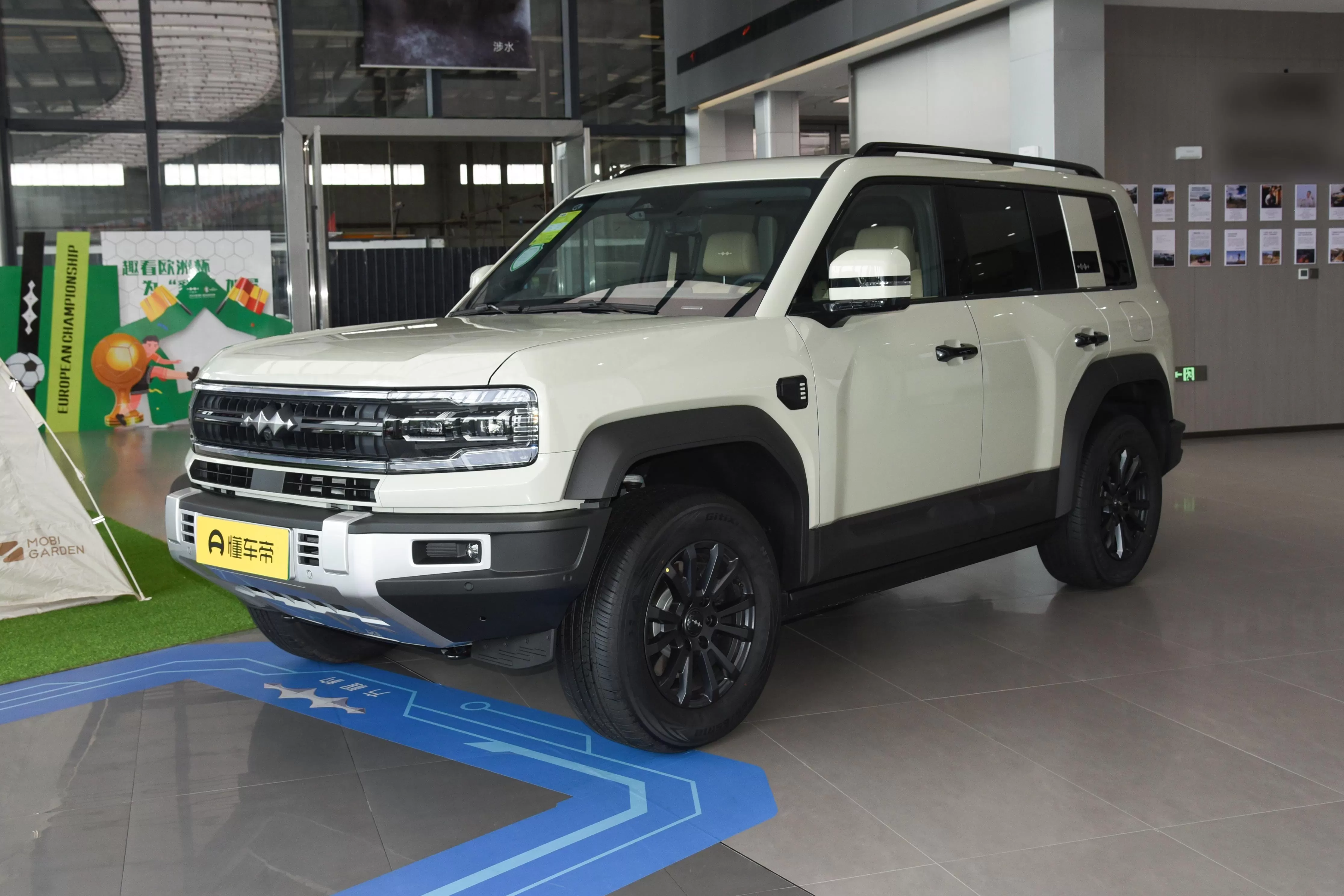Many tech and internet companies are venturing into the automotive industry. For instance, Huawei focuses on smart vehicle solutions, providing intelligent automotive solutions to car manufacturers. This has resulted in a "Huawei system" within the auto market, with deep collaborations with brands like AITO, Jihu, and Arcfox. Unlike Huawei, Xiaomi has chosen a different path, deciding to build its own cars rather than just providing smart solutions. Now, Xiaomi's first car, named Xiaomi SU7. has arrived.

Currently, Xiaomi SU7 is generating a lot of buzz in the auto market, with an expected price of around 300.000 RMB. In the auto market, vehicles priced at 300.000 RMB are considered luxury cars, making it surprising that Xiaomi has set such a high price for its first model. Moreover, Xiaomi products are generally known for their high cost-performance ratio, so a 300.000 RMB Xiaomi SU7 seems to lack this characteristic.
In terms of appearance, Xiaomi SU7 has put in a lot of effort, with a design comparable to the Porsche Taycan. The stylish design features prominently raised sections on both sides of the front end, similar to the Porsche, creating a frog-head-like structure. The car has a coupe-like profile, with a length of 4.997mm and a wheelbase of 3.000mm, making it longer than the Porsche Taycan (length 4.963mm, wheelbase 2.900mm). Xiaomi SU7 will also come in three color options: high-saturation bay blue, low-saturation matte gray, and olive green, offering a distinctive color palette compared to conventional cars.

Besides its unique design and color, Xiaomi SU7 boasts the world's lowest drag coefficient, at just 0.195 Cd, compared to the Galaxy E8 at 0.199 Cd, Mercedes EQS at 0.200 Cd, and Tesla Model S Plaid at 0.208 Cd. To achieve this low drag coefficient, the Xiaomi SU7 features eight sets of wind channels and 17 air vents throughout the car. The door handles are semi-hidden, designed to function normally even in low temperatures.
The interior design of the cabin is quite common today, featuring a narrow embedded LCD instrument panel paired with a HUD head-up display, which together display driving information for easy viewing by the driver. The center console is equipped with a large LCD screen, and below it is a storage compartment supporting 50W wireless fast charging for phones. Further back, there are storage slots and four small levers for adjusting air conditioning temperature, airflow, tailgate switch, and air suspension height. The sound system includes 23 speakers and two headrest speakers for the driver, providing a 7.1.4-channel Dolby Atmos sound effect. During actual travel, passengers can play music while the headrest speakers separately receive navigation information, ensuring that navigation and music do not interfere with each other.

In terms of power, the Xiaomi SU7 will offer two versions: a 668km single-motor rear-wheel-drive version and an 800km dual-motor four-wheel-drive Max version. The rear-wheel-drive version is equipped with Xiaomi's super motor V6. while the four-wheel-drive version uses the V6s motor. Both motors have a top speed of 21.000 rpm, leading in the industry. The single-motor version's V6 motor has a maximum power of 220kW and a peak torque of 400N·m, accelerating from 0-100 km/h in 5.28 seconds. The four-wheel-drive version's system total power is 495kW, with a system peak torque of 838N·m, accelerating from 0-100 km/h in 2.78 seconds.
The Xiaomi SU7's suspension structure uses a front double-wishbone and rear multi-link design, similar to many luxury models, and features Xiaomi's intelligent chassis technology. This includes CDC variable damping shock absorbers and air springs, with three adaptive functions: road adaptability, cornering adaptability, and aerodynamic adaptability.

In conclusion, the Xiaomi SU7 shows several highlights, including its mid-to-large car positioning, 2-second performance, air suspension, and Xiaomi's vehicle system. With a price tag of 300.000 RMB, it doesn't seem overly expensive. However, this price range also includes competitors like NIO ET7 and Zeekr 001. making it challenging for the Xiaomi SU7 to establish a foothold.






